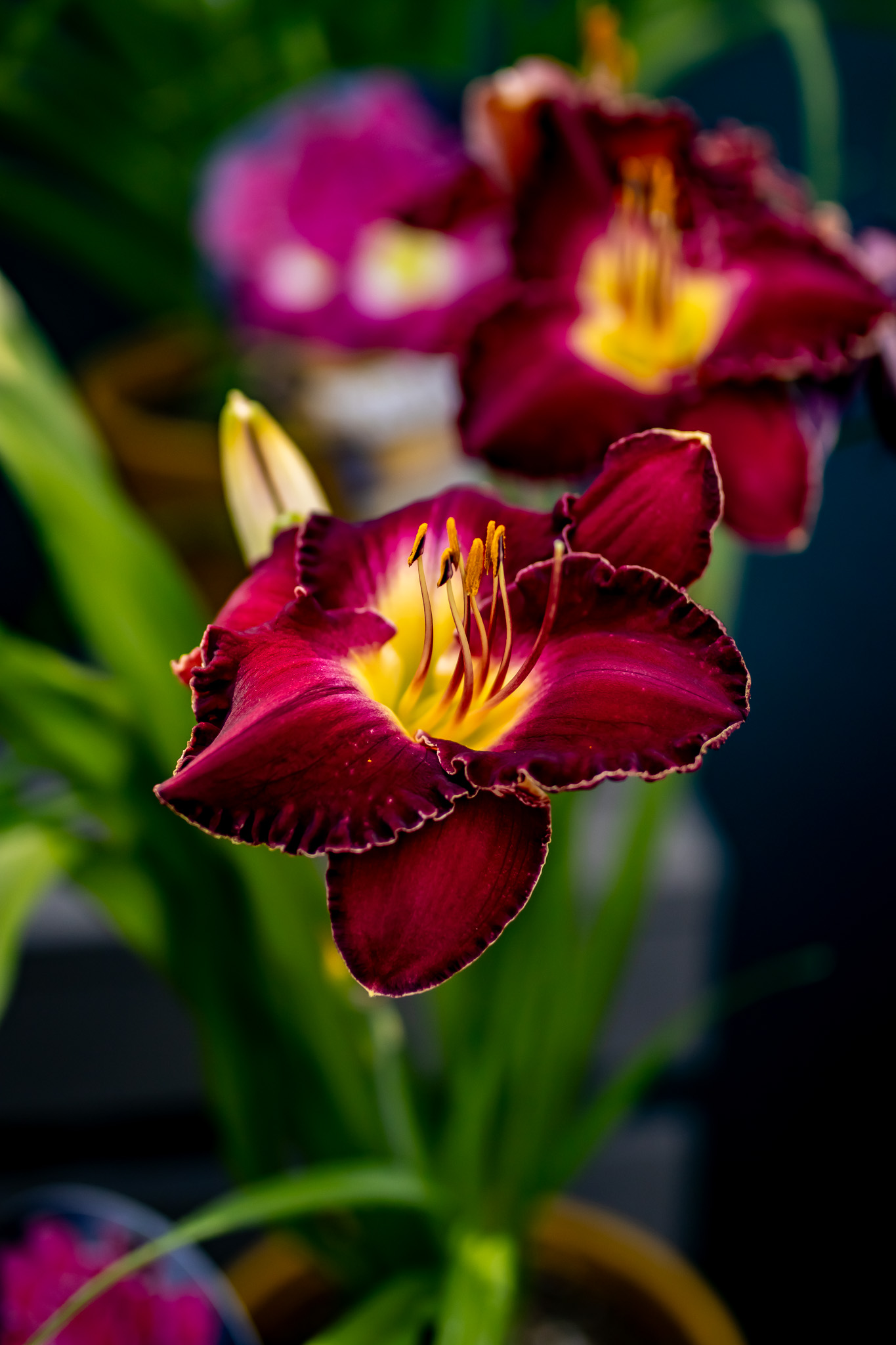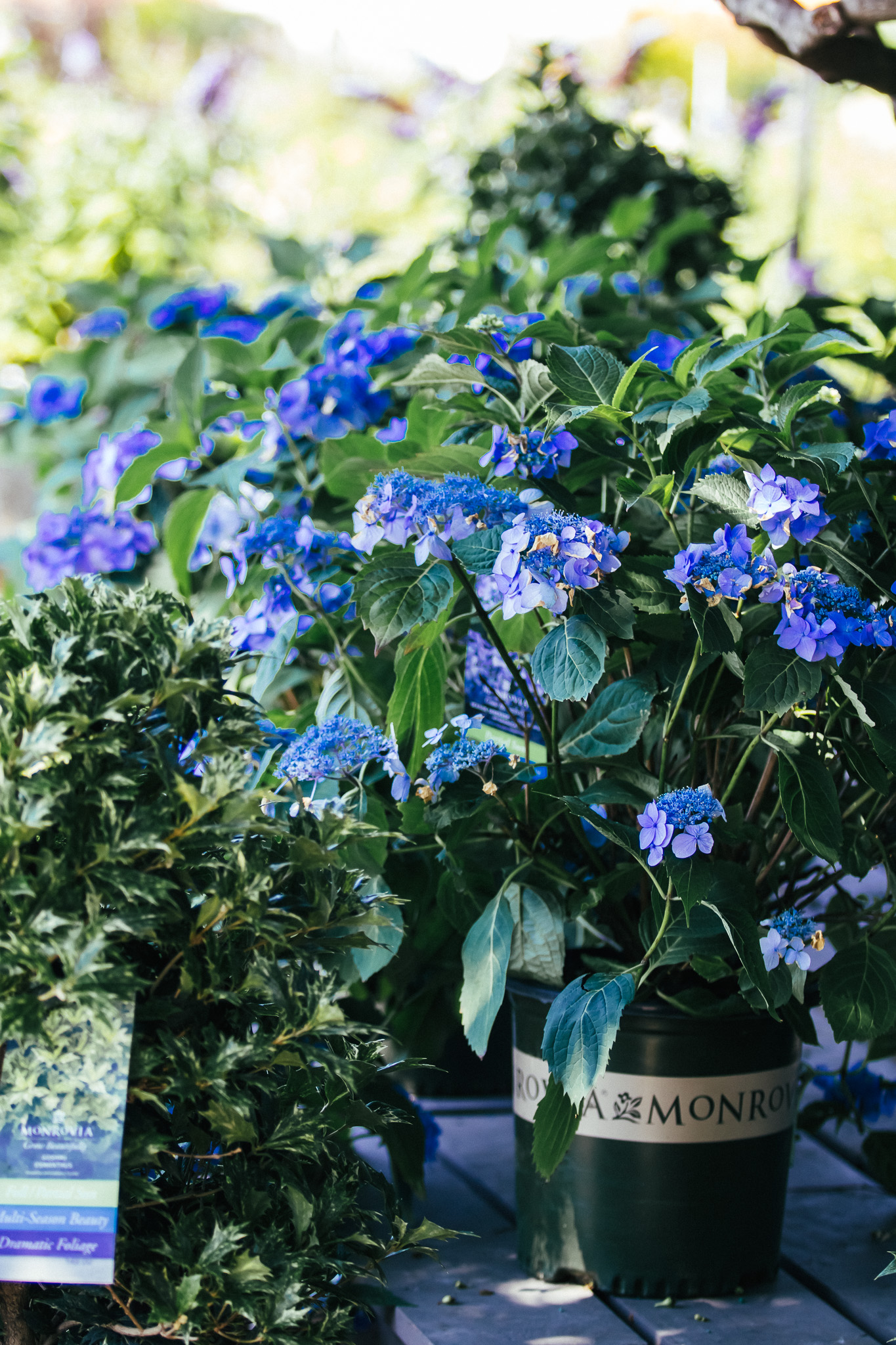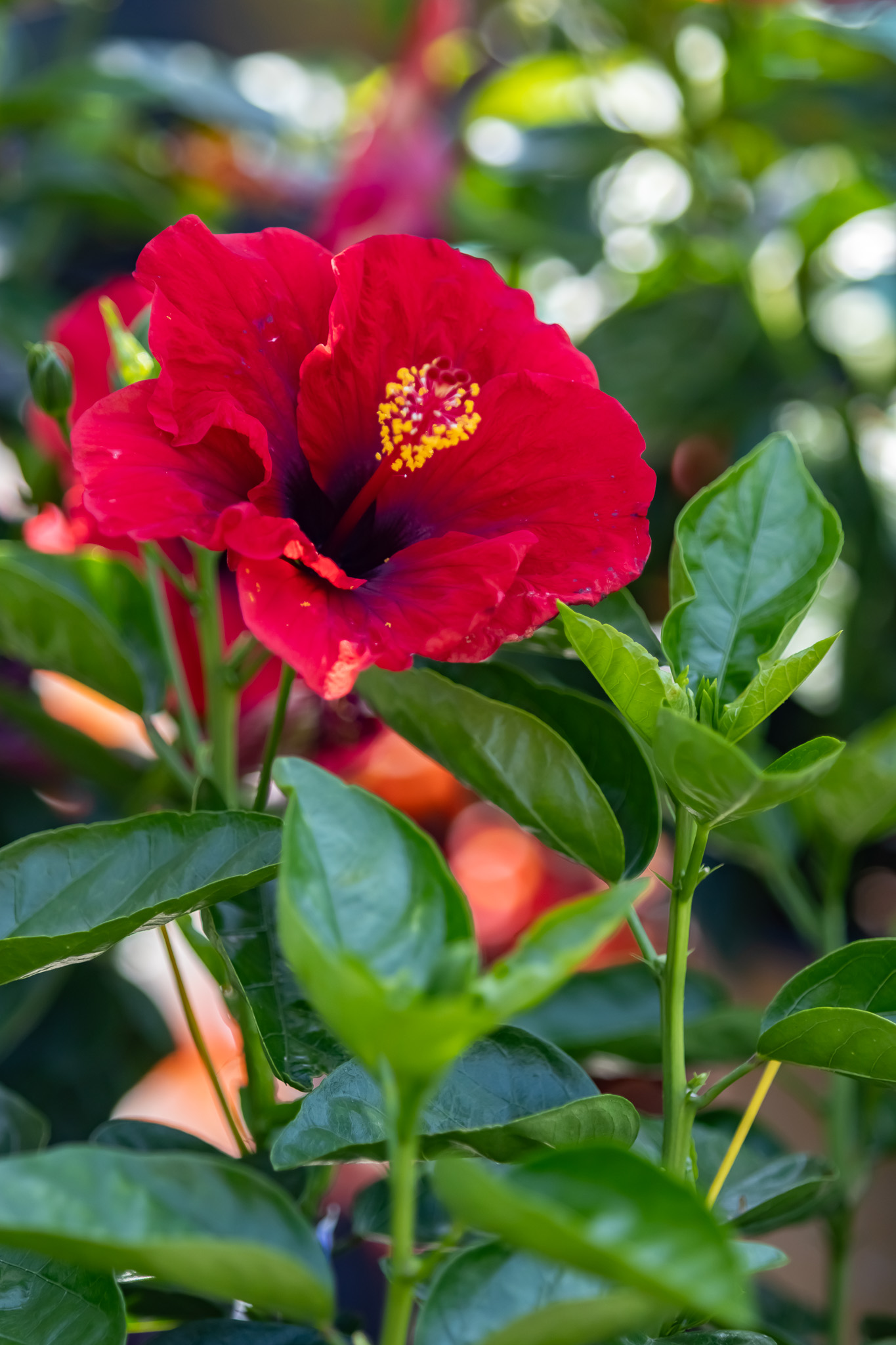Pollinators like bees, butterflies, hummingbirds, and even moths play a vital role in keeping our ecosystems thriving. By helping plants reproduce, they support the entire food web, including us! In honor of National Pollinator Week, we’re diving into how to plant your very own pollinator garden. It’s more than just a beautiful, blooming space, it’s a powerful way to support biodiversity and give back to the environment right in your own backyard.
Here’s how to get started:



